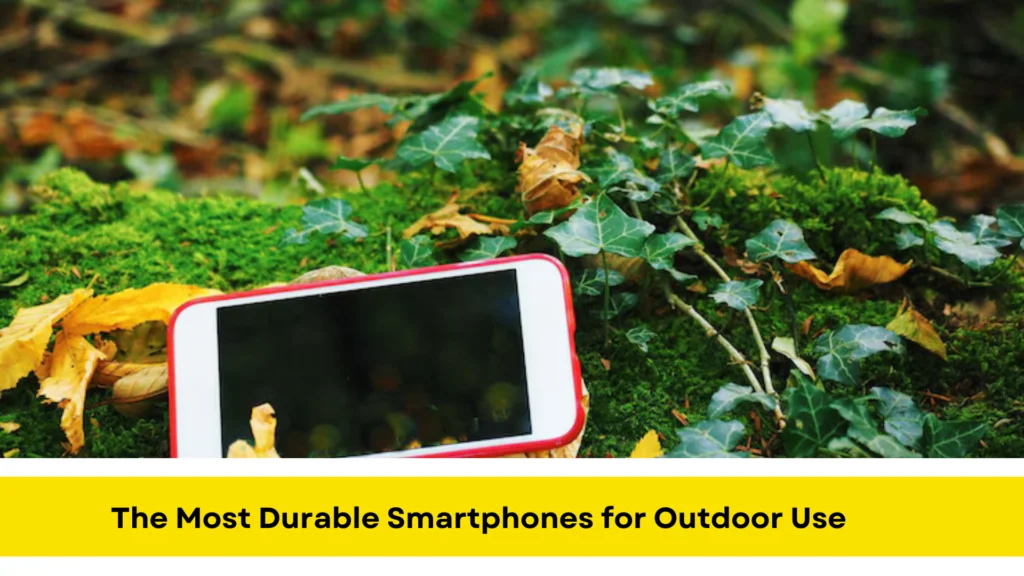How AI Is Powering. Artificial intelligence (AI) is becoming more common in our daily lives thanks to a new generation of smart devices. Smart rings and neural earphones are two more innovations that could change how people use technology in two years. AI has taken over most businesses, and website building is no exception. By 2024, AI also changing the way websites made, kept up, and improved in a big way. The process is now faster, easier, and open to those with no technical experience. Smart rings are becoming more like powerful mini-wearables that could compete with smartwatches.
In addition to counting their steps, they also keep an eye on their heart rate, sleep patterns, and blood oxygen levels. Some have a gesture control capability that lets users move around without touching the screen. The Oura ring is a well-known example. It uses an app to look at biometric data and provide you individualized health advice. These AI-powered devices will help its users figure out their health goals and work toward them by employing time-accumulated data analysis. Neural headphones are a huge step forward in technology.
The Future of AI Gadgets: How Far Can We Go?

They employ the brain-computer interface (BCI) to send brainwaves to the user, allowing them to physically communicate with them. In the past, only people in the healthcare field could use the technology. Now, more people can use it. For example, the NeuraLink device will let you do things by reading your brain signals. Users can change the sound or access information by just focusing their minds. People with disabilities could use devices with just a rudimentary neural interface, and this invention’s creativity could totally change how accessible digital technology is.
These new gadgets change the way we think about producing technology that is both accessible and intimate, going beyond just making people feel better. Smart rings offer to keep track of your health in a way that doesn’t hurt you, while neural earphones would be an extra way for people who need advanced, hands-free interfaces to engage with their devices. AI devices will learn about the user’s behaviors and become more personalized, giving them a better, more personalized experience.
The Impact of AI Gadgets on Daily Life

Gartner says that by 2025, 70% of the time we use gadgets, they will respond in ways that are tailored to our tastes. As AI gets better, these devices will too, with better biometric sensors and batteries that last longer. Tech companies are trying to make these gadgets easier to use, less annoying, and more useful. Even if these technologies seem promising, they also raise ethical questions about how to preserve data. AI has significant strengths, but it should only be used in safe and smart ways. Smart rings and neural earphones are examples of artificial intelligence (AI) gadgets that represent a huge step toward technology that is more natural and part of our daily life.
These technologies make it possible for highly personalized technology to be made in the future, which will improve our lives and become a part of our daily existence. As a new generation of smart devices comes out, artificial intelligence (AI) is becoming more and more vital in our lives. New technologies like neural earbuds and smart rings are changing the way we engage with technology this year. It’s strange, but the idea of artificial intelligence (AI) has taken over several fields, including web design.
Neural Headphones: A New Era of AI-Powered Interaction

By 2024, AI will have changed the way websites are made, managed, and improved so that even those with minimal technical knowledge can do it quickly, easily, and for free. Smart rings are becoming more popular as mini-wearables, and they could be a threat to smartwatches. Along with steps, they would also check your heart rate, sleep habits, and blood oxygen levels. Some people utilize the gesture control initiative, which lets them move around without touching the screen. The Oura ring is another well-known example.
It is a gadget that employs biometric data analysis to give health advice through an app. People can utilize these AI-powered devices to start actively reaching their health goals by looking at the data analyses that were captured over a certain amount of time. The neural headphones will be a huge step forward since they use brain-computer interface (BCI) technology to record brainwaves and talk to the user directly. Technology that was formerly solely employed in medicine has now made this service available to the general public.
Neural Interfaces and Smart Wearables

For instance, the NeuraLink device lets you do things based on brain impulses. People would have to think about it, but they could easily look for information or turn up the volume. The technology could drastically change the way people with disabilities use digital gadgets by using an intuitive brain interface. These new gadgets are a big step toward smart and social technology, and they’re not only for comfort. Neural earphones are a new way for people who need an advanced, non-manual interface to communicate with technology.
Smart rings, on the other hand, are a less intrusive way for people who want to keep an eye on their health without being noticed. These AI devices are designed to learn how people use them and then change their annoying responses to fit each user. Gartner says that by 2025, 70% of interactions with devices would utilize personalized responses depending on what the user likes. As AI grows better, these gadgets will get even better since their biometric sensors will get better and they will use less battery power.



